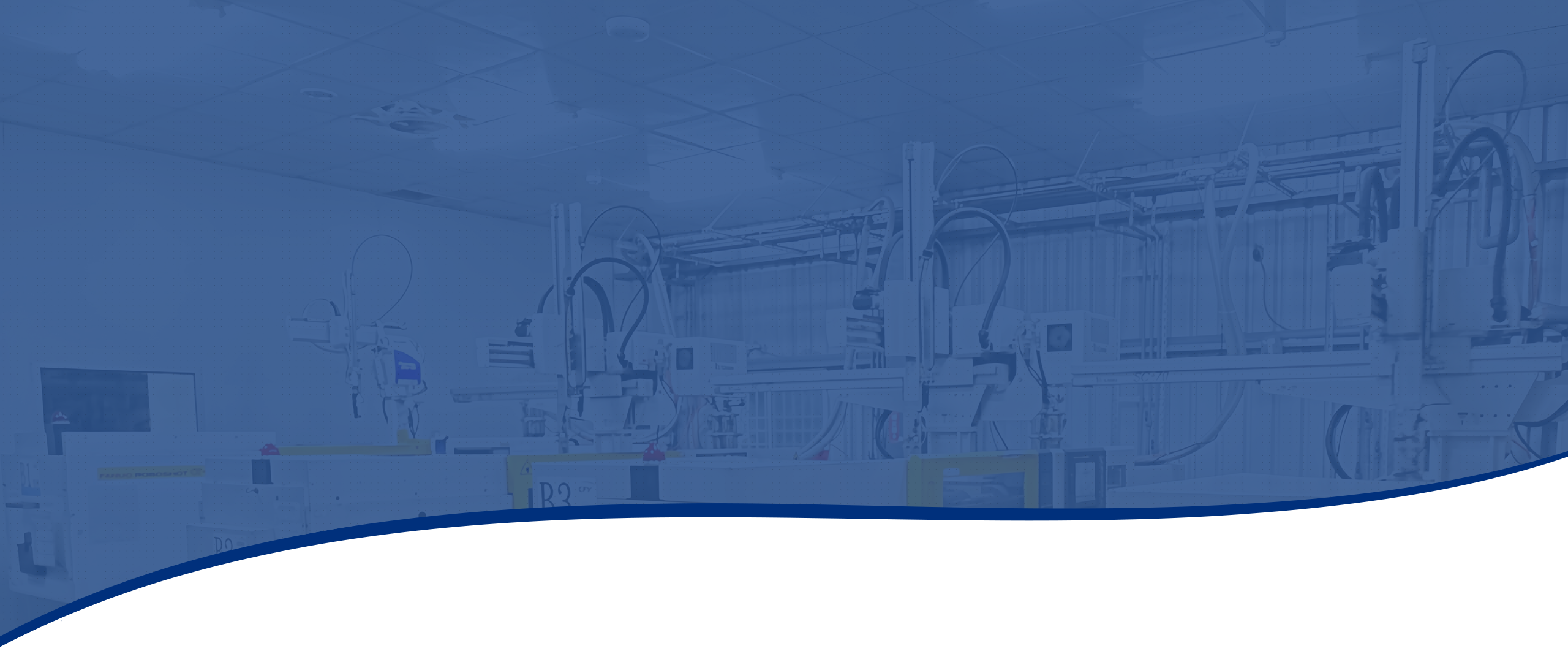
This process is extensively utilized in both the automotive OEM (Original Equipment Manufacturer) and aftermarket industries.
During automotive injection molding, plastic resin is melted and injected into a precision-engineered mold under high pressure. Within the mold, the plastic cools and solidifies, resulting in robust parts with intricate details and complex shapes. Common materials used in this process include polypropylene, ABS, nylon, and other high-performance plastics tailored for automotive applications.
Shaping the future of the automotive industry with precision plastic molding In the competitive and ever-evolving automotive sector, Chien Feng Yuan stands as a trusted partner, delivering advanced plastic injection molding solutions that meet the highest industry standards. With over 14 years of experience, we pride ourselves on driving innovation, quality, and efficiency in every project. Industry expertise and our in-depth understanding of the automotive industry's unique demands allow us to deliver solutions for:
- Interior Components: Dashboards, consoles, trims, and aesthetic panels designed for both durability and style.
- Under-the-Hood Applications: Heat-resistant and structurally robust components like engine covers, fluid reservoirs, and air intake systems.
- Safety Features: Precision-crafted parts for airbags, seatbelt mechanisms, and braking systems to enhance passenger safety.
- Material Expertise: We utilize a wide range of high-performance polymers, including thermoplastics, composites, and lightweight materials, to meet specific strength, flexibility, and environmental requirements.
Applications of Automotive Plastic Injection Molded Parts
Interior Components
- Examples: Dashboards, steering wheel trims, air vents, door panel decorations.
- Requirements: High-quality aesthetics and long-term durability.
- Materials: ABS, PC/ABS, PP (with reinforcing fillers if needed).
Exterior Components
- Examples: Headlamp housings, grilles, mirror frames.
- Requirements: Weather resistance and impact durability.
- Materials: PMMA, PC, PBT.
Under-the-Hood Components
- Examples: Engine covers, coolant reservoirs, wire harness grommets.
- Requirements: Heat resistance and chemical stability.
- Materials: Nylon (PA), PPS, PEEK, thermoplastic elastomers (TPE).
Safety Components
- Examples: Airbag housings, seatbelt buckles, brake system components.
- Requirements: High precision and compliance with safety standards.
- Materials: Reinforced nylon, POM.
Lightweight Structural Components
- Examples: Door frames, seat brackets.
- Requirements: Balance between strength and lightweight design.
- Materials: Glass-fiber-reinforced plastics, carbon-fiber composites.
Key Technical Requirements
High-Precision Mold Manufacturing
- Mold tolerances must be controlled to the micrometer level to ensure part accuracy and support high-volume production.
Material Selection
- Mechanical Performance: High rigidity and tensile strength.
- Thermal Stability: Heat resistance to ensure part integrity under extreme conditions.
- Chemical Stability: Resistance to oils and corrosion, ideal for under-the-hood components.
Processing Techniques
- Multi-Cavity Mold Design: Enhances production efficiency and reduces costs.
- Precision Temperature Control Systems: Ensures uniform cooling within the mold, minimizing warpage.
- Advanced Injection Equipment: Capable of high pressure and fast injection speeds for producing complex parts.
Quality Assurance
- Dimensional Inspection: 3D scanning or CMM for precise dimensional validation.
- Visual Inspection: Evaluates surface gloss, color uniformity, and absence of defects.
- Performance Testing: Assesses heat resistance, impact strength, and chemical stability.
Trends in Automotive Plastic Injection Molding
Lightweight Design
The push for reduced vehicle weight has led to increased use of plastics to replace metals, lowering total vehicle weight and improving fuel efficiency.
High-Performance Materials
Advancements in reinforced plastics, engineering plastics, and composites enable components to withstand higher mechanical loads and environmental challenges.
Sustainable Materials
Adoption of bio-based plastics and recyclable materials to meet environmental and sustainability goals.
Smart Manufacturing
Integration of automated production equipment and digital mold management systems enhances production efficiency and quality control.
This overview provides insights into the applications, technical requirements, and trends of automotive plastic injection molding. If you need further details or case-specific information, feel free to ask!




